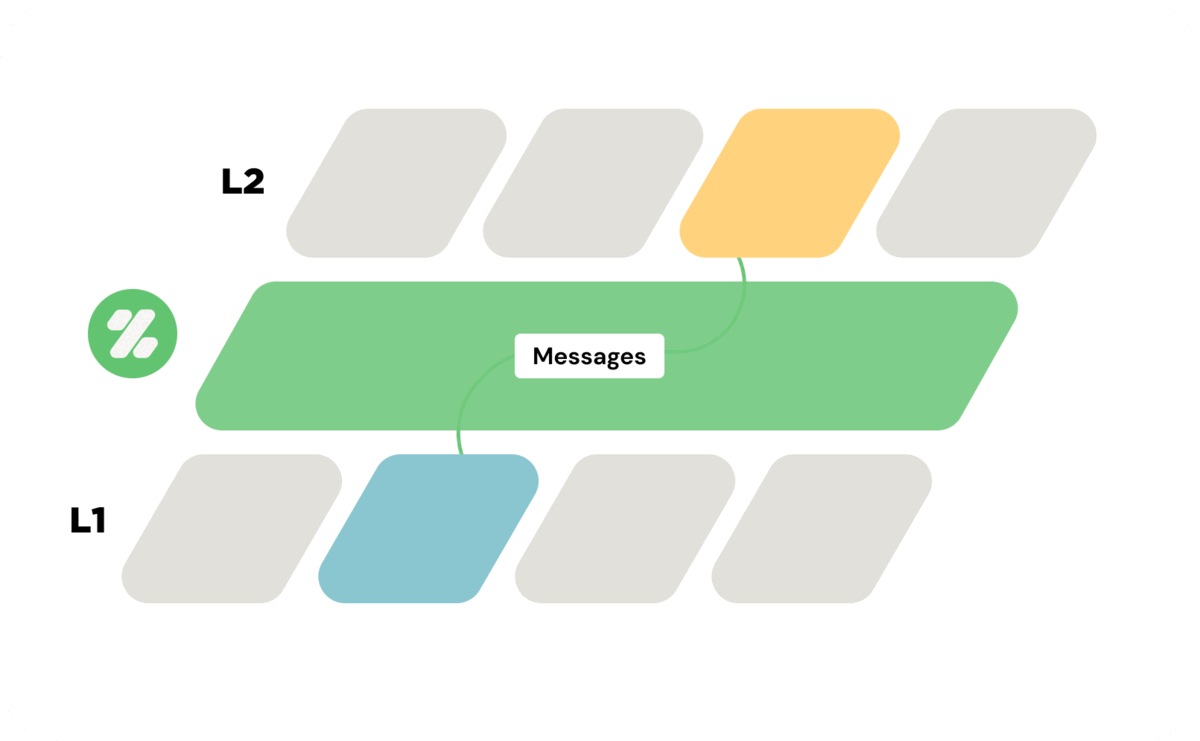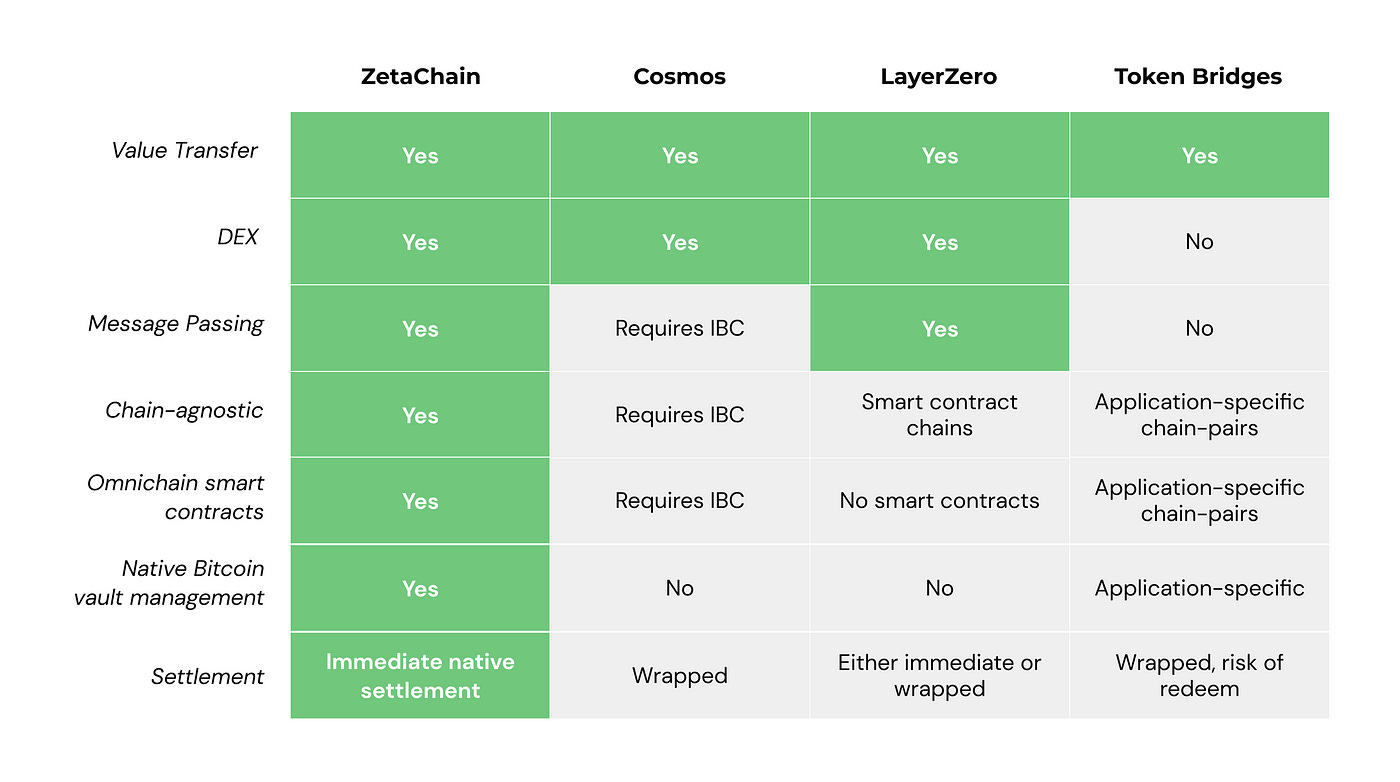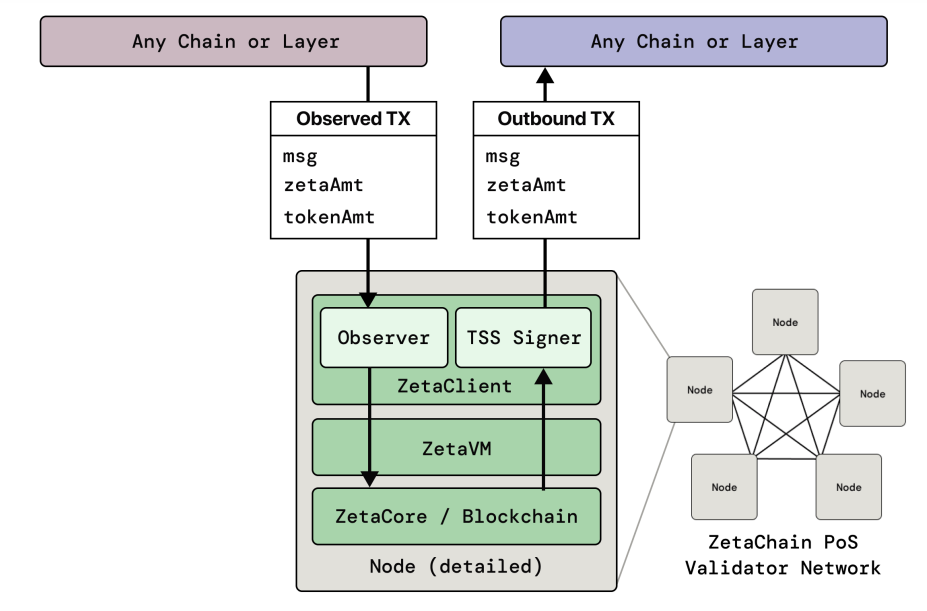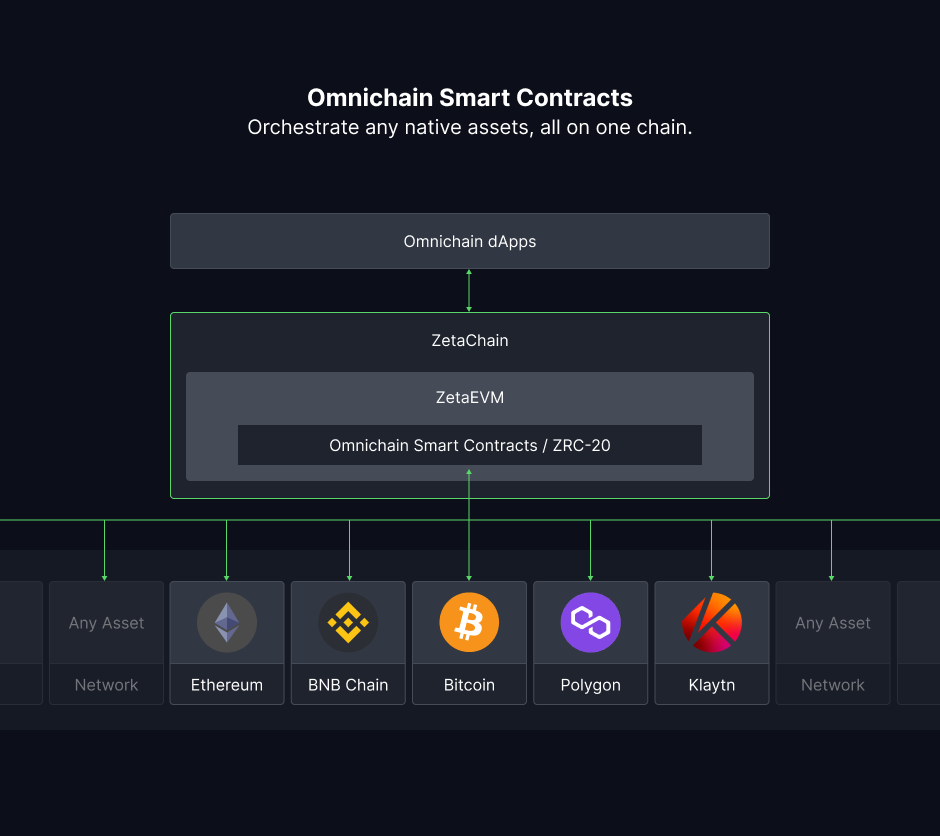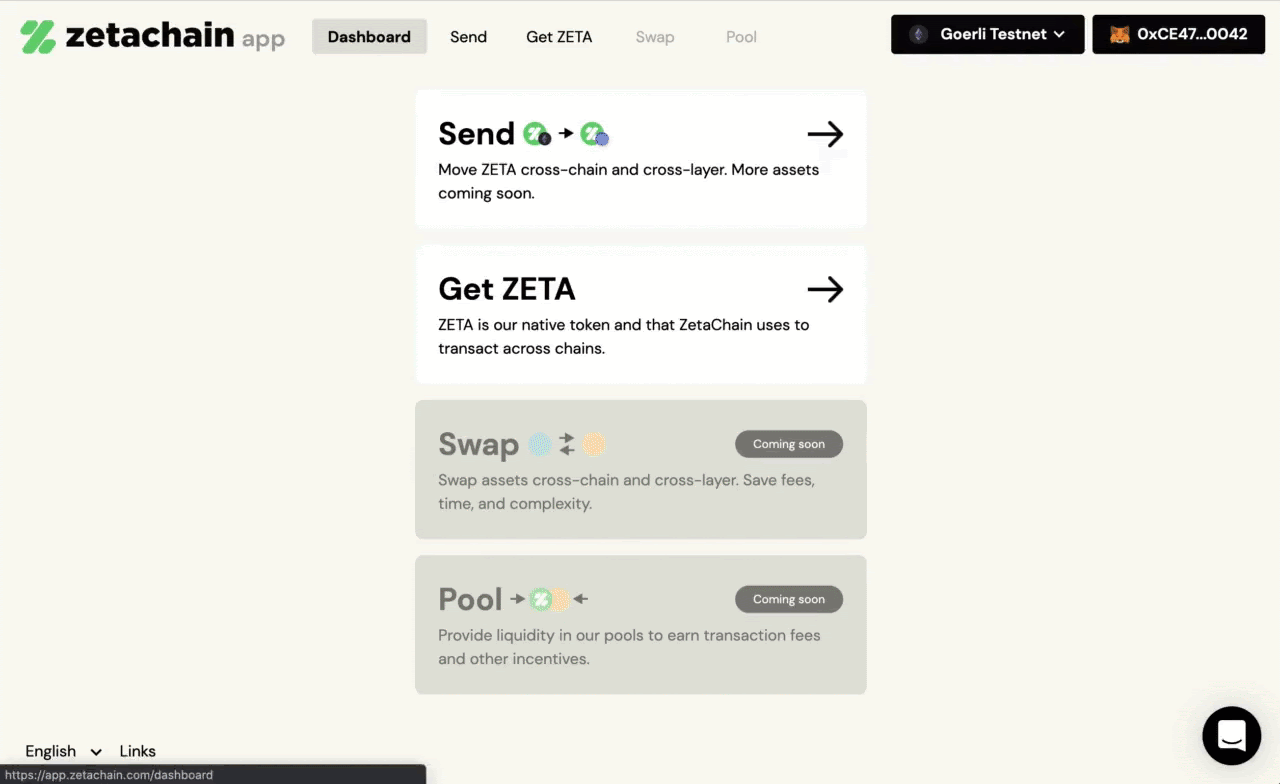【ZetaChain】L1 chain that allows omnichain dapps to be built for interoperability across all chains.
Although still a test net, the project is attracting attention from all over the world.
Good morning.
This is Mitsui, a web3 researcher.
Today I researched “ZetaChain”.
"Table of Contents"
1, What is ZetaChain?
- Current status of interoperability in the blockchain industry
- Overview of ZetaChain
- Technical Background
- Prospects
2, Will Omnichain become the default?
What is ZetaChain?
ZetaChain is an L1 blockchain that makes it easy to build dapps that interoperate with all blockchains. It is the first and only chain of its kind in the world.
■Current State of Interoperability in the Blockchain Industry
Currently, there are over 100 public blockchains in the web3 world, each of which is fragmented (siloed). Dapps built on Ethereum and dapps built on Solana are not interoperable.
Increasingly, "cross-chain" or "multi-chain" support is being taken to address this. (Typical examples (without comprehensiveness or detailed technical definitions) are bridge-based or Cosmos Blockchain-to-Blockchain (Blockchain to Blockchain) solutions such as Polkadot.
However, bridge-based products have significant security challenges.
To briefly explain bridging, let's say you want to transfer 1 ETH from the ETH chain to the BNB chain. At that time, 1 ETH is locked on the ETH chain side and 1 WETH is received on the BNB chain side. The image is like a cash exchange. The mechanism is not that the assets are moved between chains, but that the assets are held on each other's chains in advance, and the corresponding amount of assets are passed on to the destination and the recipient.
Because of this mechanism, it is inevitable that a certain amount of assets must be held, and there are many bridge projects that have been targeted and hacked.
On the other hand, Cosmos, for example, is trying to ensure interoperability by deploying many blockchains on Cosmos as an IBC project, but this is only for chains deployed on Cosmos.
Protocols such as LayerZero have been developed to solve these problems, but they too are limited in the number of chains they can support.
In other words, a solution that can truly handle all chains in a secure and decentralized operation has not yet been created.
(This is written based on the expressions on ZetaChain's WP and HP, so there may be some objections from the projects expressed here or newly created projects at this point, so please see this page with that assumption).
■Overview of ZetaChain
ZetaChain is a blockchain that enables "omni chain" interoperability with all chains. compatible with all chains.
ZetaChain can also be used in conjunction with Bitcoin, DojiCoin, and other chains that do not have smart contract functionality, and can be implemented to provide smart contract functionality to Bitcoin, etc., through operations from the ZetaChain side.
While the ability for developers to support omnichains without extra development is an advantage, the greatest benefit is on the user side. Users can experience as if all their assets are in a single chain.
For example, it is possible to
Omni-chain DAO tool
Cross-chain AMM DEX
Omni-chain NFT
Cross-chain lending and borrowing
Omni-Chain ID
■Technical Background
The technical background is also explained in a few words. (See WP for more details)
ZetaChain is an L1 blockchain built on Cosmos SDK and uses Tendermint as the consensus engine. The consensus algorithm is PoS.
ZetaClient is a three-tier structure consisting of ZetaCore, ZetaVM, and ZetaClient, with Observer and TSS Signer functions in ZetaClient. Signer is responsible for securely signing transactions in the external chain. Signing transactions in the external chain is done using the Threshold Signature Scheme (TSS) and the Multiparty Calculation (MPC).
ZetaChain also offers two implementations for odapps: Omni-Chain Smart Contracts and Omni-Chain Message Passing.
Omni-chain smart contracts are a mechanism that allows external chains to be manipulated through smart contracts on ZetaChain, while omni-chain message passing is a mechanism that allows messages (data and values) to be passed securely and safely between chains.
To achieve these, ZetaChain has a standard called ZRC-20, and all coins, both ETH and BTC, are handled in ZRC-20 on ZetaChain. This allows developers to build smart contracts on ZetaChain that are ZRC-20 compliant, thus making it possible to run smart contracts for all chains.
In addition, bridging between tokens can be done with confidence; ZetaChain issues the native token "$ZETA". This token is used to pay for gas and validator rewards, but it is also used to bridge tokens.
ZetaChain's bridge will allow tokens to be moved without wrapping. During a token transfer, the asset to be wrapped is burned and a new token corresponding to the burned asset is generated on the destination chain.
This eliminates the need to hold onto the asset, greatly reducing the risk of hacking. It also allows for smooth and secure token transfers.
■ Prospects
ZetaChain is currently running on a testnet.
Its attention span is very high, with over 740,000 test net users and 35 million transactions executed in 2022. It also has over 600,000 Twitter followers and its community is very passionate.
We have not yet revealed the main net release date, but it is a very high-profile project.
Will the Omnichain become the default?
Here are my impressions from my research.
Recently, multi-chain support has become a must for dapps; one chain is not versatile enough and does not offer good usability. However, multi-chain support still takes time and security costs to put in individual development, so major chains were being added little by little.
With ZetaChain, however, this can be accomplished with a single development, similar to the Flutter programming language that allows simultaneous development of IOS and Android apps.
The web3 world is slowly moving away from innovation and into the world of usability improvement, entering a phase of how to provide innovative technology in an easy-to-use and safe manner.
After all, technology explodes the moment it provides optimal usability, and as we can see with the iPhone and ChatGPT, it is imperative to get it down to a product that anyone can use smoothly.
Looking at ZetaChain, it seems to be a major step in solving the lack of interoperability between blockchains. As the mainnet is launched and gains more influence in the future, it is likely that more projects will follow suit, so in a year or two, omnichains may be the norm for dapps.
This was a very exciting project.
If you found the research interesting or informative, we would appreciate it if you would like to like, comment, and share it on social networking sites. Thank you very much for taking a look!
«Reference Link»
Disclaimer: This is written after careful examination of researched information, but since it is privately operated & the source is often in English, there may be some mistranslated or incorrect information. Please understand that some information may be mistranslated or incorrect. Also, we may introduce Dapps, NFTs, and tokens in the articles, but we do not have any solicitation purpose. Please purchase and use all at your own risk.
Writer
mitsui@web3researcher
Daily information about web3 (projects, news, explanations of vocabulary, interviews with project owners, and articles about learning and thinking from research).
I run a web3 based Substack with over 1,000 subscribers in Japan. If you have a project that you would like to expand for Japan, please contact me on Twitter.
※This is a translation of a Japanese article, so I apologize for any unnatural English.


